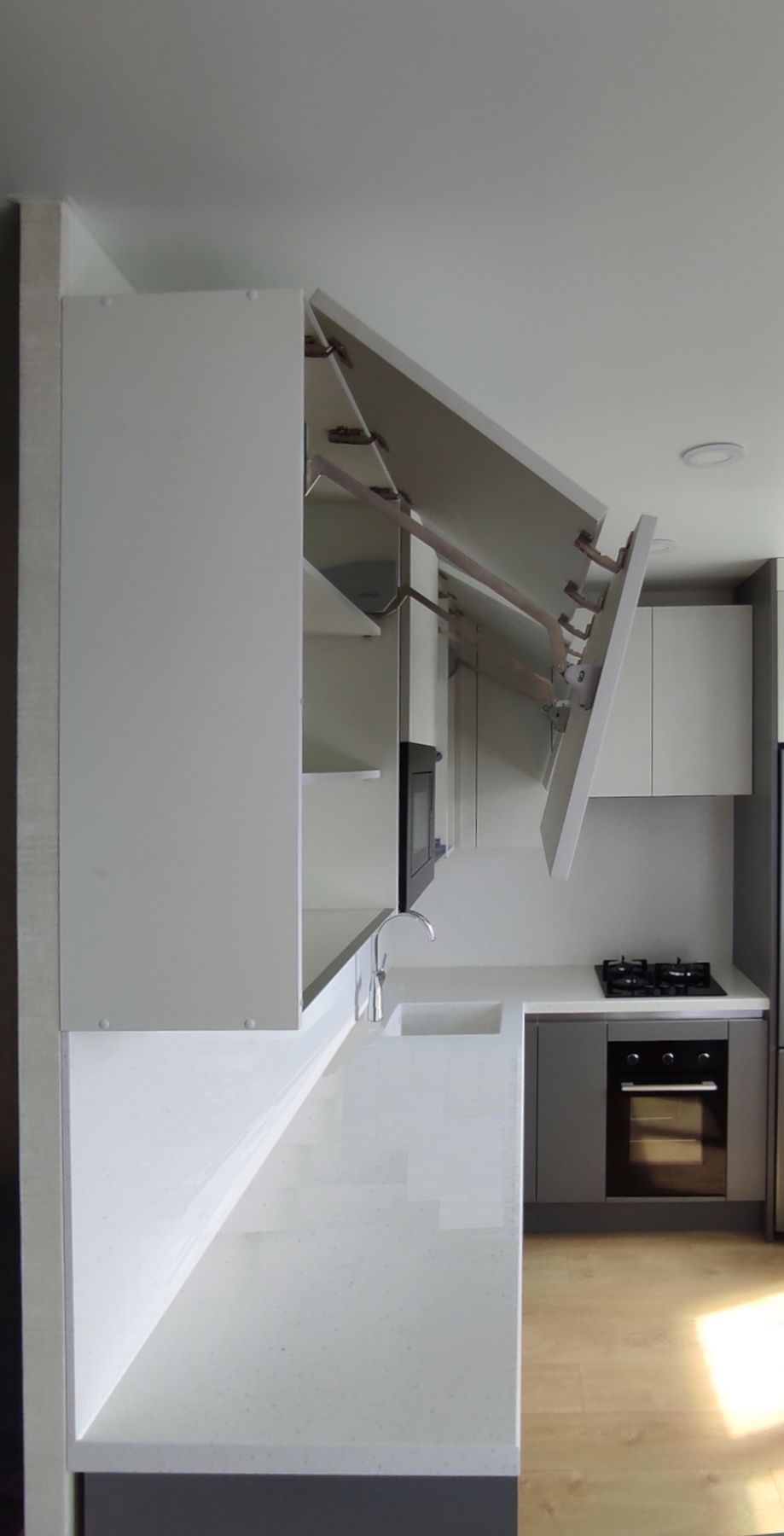
Mastering Kitchen Design Excellence
Understanding the Fundamentals of Kitchen Design
Mastering kitchen design involves understanding the basic principles that combine aesthetics with functionality. Key elements like the kitchen layout, storage solutions, and the work triangle are critical to consider. The layout should promote easy navigation and efficient use of space, while the work triangle—which connects the stove, sink, and refrigerator—should minimize unnecessary movement. Adequate storage solutions help to maintain organization and clear countertops, which contributes to a tidy and inviting kitchen environment.
Choosing the Right Materials and Finishes
The choice of materials and finishes can significantly affect both the appearance and durability of your kitchen. Popular options for countertops include granite, quartz, and marble, while cabinetry comes in various woods, laminates, and even metal finishes. It's essential to select materials that not only match your stylistic preferences but are also suitable for the kitchen's wear and tear. For instance, some materials are more resistant to heat, scratches, and stains, which is vital for a space that frequently deals with hot utensils and spills.
Integrating Technology for a Modern Touch
Incorporating technology into your kitchen design can greatly enhance functionality and convenience. From smart refrigerators that track your groceries to automated lighting systems, modern technology can be seamlessly integrated into your kitchen to create a state-of-the-art culinary space. Touchless faucets, smart ovens that can be preheated remotely, and dedicated charging stations are examples of technological advancements that cater to a high-efficiency kitchen design. It is important to plan for these elements early in the design process to ensure proper placement and functionality.
Optimizing for Storage and Accessibility
Efficient use of space is paramount in any kitchen design. Custom cabinetry, cleverly designed pull-out drawers, and corner storage solutions can all maximize the storage space available. Designing your kitchen with accessibility in mind ensures that appliances and utensils are within easy reach when needed. This might involve incorporating elements such as pull-down shelves, drawer dividers, and lazy Susans to make the most of the available space while keeping everything organized and accessible.
Layering Lighting for Atmosphere and Functionality
Lighting plays a crucial role in the ambiance and functionality of a kitchen. Effective kitchen design involves layering different types of lighting: ambient, task, and accent. Ambient lighting provides overall illumination, task lighting focuses on areas where work is performed, and accent lighting highlights architectural features or decor elements. By combining these types of lighting, one can achieve a balanced and flexible lighting scheme that adapts to different situations, whether you’re cooking a meal or entertaining guests.
Incorporating Personal Style and Trends
While practicality is essential, personal style should not be overlooked in kitchen design. Your kitchen should reflect your individual taste and personality, whether through the color scheme, decorative features, or unique design details. However, it’s also wise to be mindful of trends. While some trends may enhance your kitchen’s design and value, others might not be suitable for your needs or might quickly go out of fashion. Balancing timeless design with a few contemporary touches can help ensure your kitchen feels both modern and enduring.
Final Thoughts on Mastering Kitchen Design
Mastering kitchen design excellence is a balancing act between aesthetics, functionality, and personal taste. It requires careful consideration of layout and materials, smart integration of technology, ingenious storage solutions, strategic lighting design, and a touch of personal flair. Whether you are remodeling or creating a new kitchen from scratch, prioritizing these elements will ensure you craft a space that is both beautiful and highly functional, meeting the demands of daily use while remaining a centerpiece of your home.